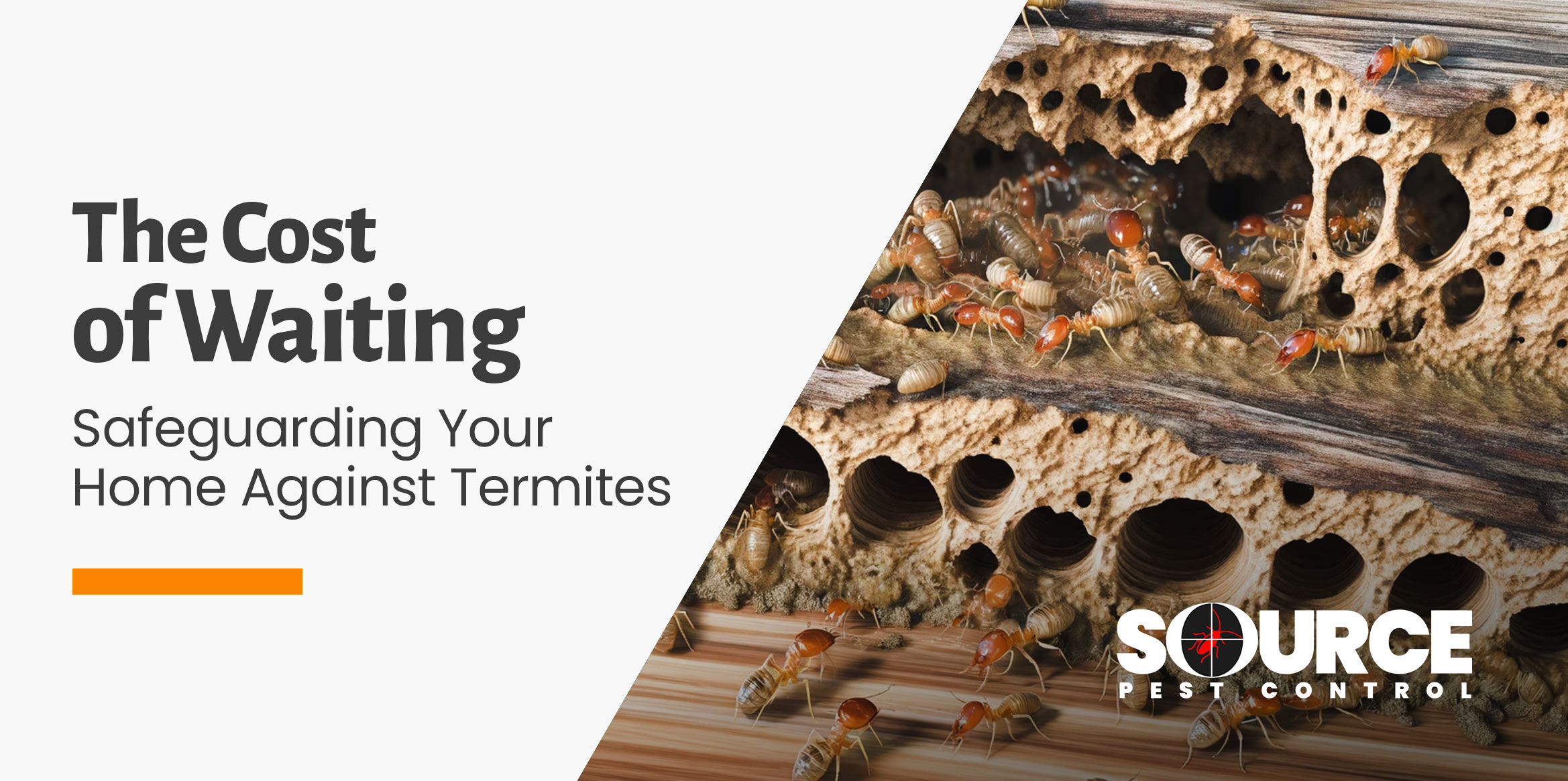The Cost of Waiting: Safeguarding Your Home Against Termites
Termites, often described as ‘silent destroyers,’ can cause extensive damage to homes, often without the homeowners’ immediate awareness. These pests are capable of consuming wood, flooring, and even wallpaper, leading to costly repairs and structural damage over time. The key to mitigating these risks lies in understanding the cost of inaction and the benefits of proactive measures to safeguard your home against termites.
Understanding the Threat
Termites thrive in environments that offer them plenty of food, moisture, and shelter. They are particularly drawn to wood, making residential homes an ideal target for their colonies. The damage caused by termites is not just superficial; it can compromise the structural integrity of a building, making it unsafe for inhabitants. Unfortunately, by the time the damage becomes visible, it’s often extensive and expensive to repair.
The Cost of Waiting
Ignoring the potential threat of termites can lead to significant financial consequences. The cost of termite damage repair in the United States alone runs into billions of dollars annually. Homeowners who delay action or ignore signs of termite activity may face repair bills that range from several thousand to tens of thousands of dollars, depending on the extent of the damage. Additionally, homes with a history of termite damage may see a decrease in property value, making it harder to sell or refinance.
Early Detection and Prevention
Early detection and prevention are key to avoiding the high costs associated with termite damage. Regular inspections by pest control professionals can help identify termite activity before it becomes a larger problem. Homeowners can also take preventive measures such as:
Reducing Moisture:
Termites are attracted to moisture, so fixing leaks and ensuring proper drainage around the home can deter them.
Removing Food Sources:
Keep firewood, mulch, and other cellulose-based materials away from the home’s foundation.
Sealing Entry Points:
Cracks and crevices in the home’s foundation should be sealed to prevent termites from entering.
Regular Inspections
Prioritizing regular inspections is a crucial and cost-effective strategy for termite prevention in your home. While professional termite protection plans offer comprehensive coverage, including treatments and potentially warranties for future issues, the core benefit lies in the scheduled inspections. These inspections are essential for early detection of termite activity, allowing for immediate intervention before significant damage occurs. The peace of mind and potential savings from avoiding extensive repairs underscore the value of integrating regular inspections into your termite management approach.
The Role of Homeowners
Homeowners play a crucial role in termite prevention. Being vigilant for signs of termite activity, such as mud tubes, discarded wings, or damaged wood, and taking prompt action can prevent minor issues from becoming major infestations. Educating oneself about the specific risks and prevention strategies for their region can also be beneficial, as termite threats can vary geographically.
Conclusion
The cost of waiting to address termite infestations can be steep, both financially and in terms of home safety. Proactive measures, including regular inspections, preventive maintenance, and professional termite protection plans, are essential in safeguarding your home against these destructive pests. By taking action early, homeowners can save themselves considerable stress, expense, and damage in the long run, ensuring their homes remain safe and structurally sound for years to come.




